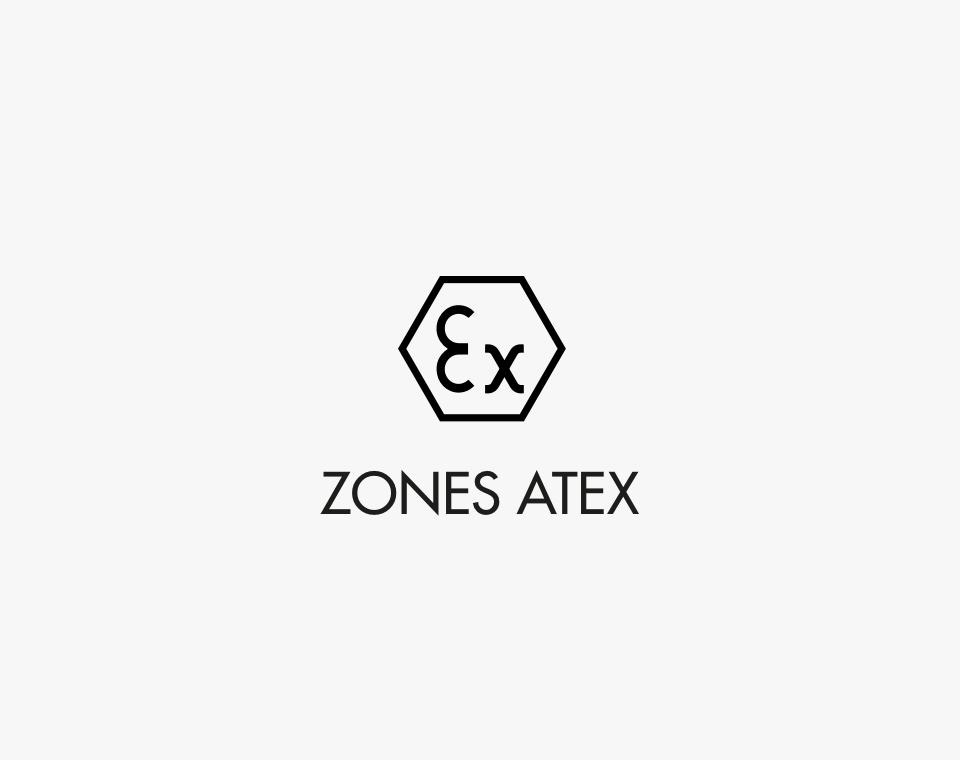
An EXplosive ATmosphere (ATEX) is a zone in which one or more flammable substances (gas, vapour or dust) are suspended. In the event of an electrostatic spark or electrical discharge, the mixture ignites and may cause an explosion.
Work in these zones is regulated by two European Directives:
One of the aims of these regulations is to ensure that all equipment used in ATEX zones does not cause sparks. Although these directives do not apply to PPE, they do affect them. PPE must therefore be designed and manufactured in such a way as to prevent sparking.
The requirements for PPE used in ATEX zones are still evolving, but currently: